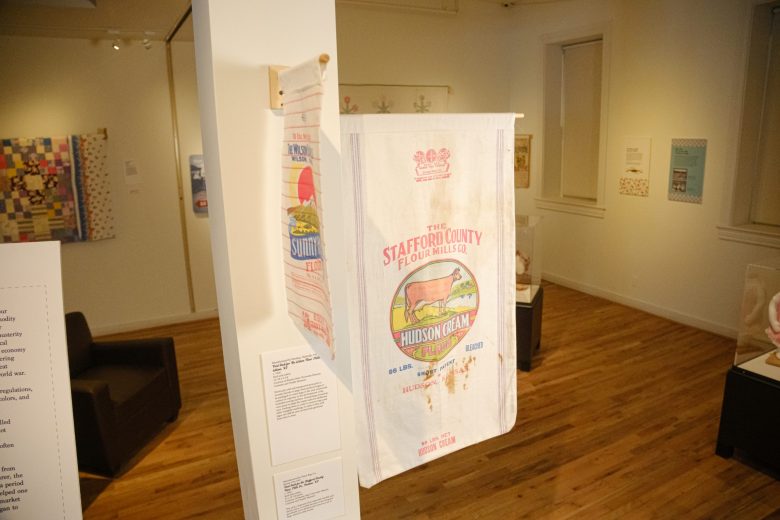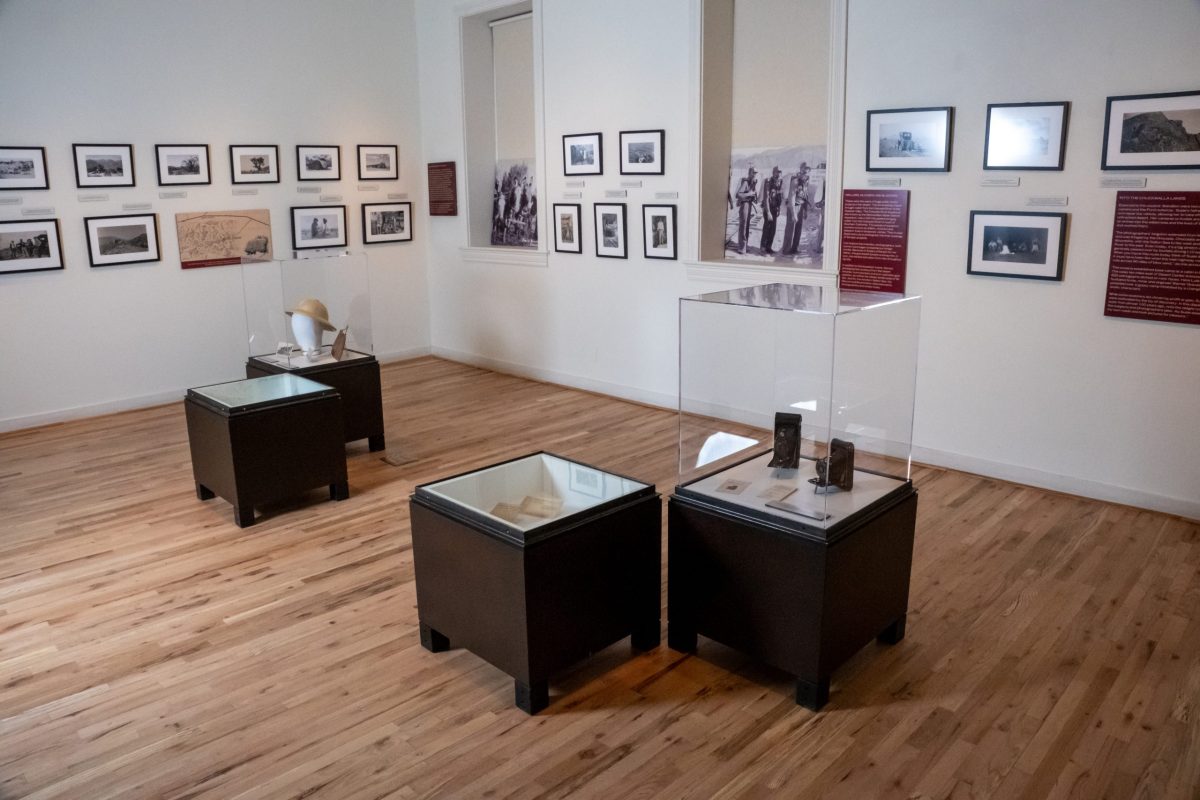The Park City Museum, overseen by the Park City Historical Society, is a prime spot for learning about the town’s history, from the mining days in the 1800s to becoming the winter-sports mecca that provided the slopes for the 2002 Winter Games and continues to host world-class competitions.
The museum provides interactive and hands-on exhibits for people of all ages to enjoy and discover local artifacts that date back to the Wild West.
Families and individuals can see the Kimball Brothers Stagecoach, discover the many jobs miners took on in the town’s many underground silver mines, and check out the territorial jail in the museum basement.
All of those activities are part of the museum’s permanent exhibits, which include:
From Around the World
How did early settlers find their way to Park City? After learning about the Kimball Stagecoach, which carried people and mail to Park City, climb aboard a re-created railcar. Look out the train’s window and back through time as you watch a film about Park City’s place in the frontier West. On the platform outside, meet new arrivals from around the world and learn about their history.
Mega Mine and the Days of Ore
Visitors examine the scaled, late-19th century Mega Mine. Surface mining operations such as a mill, Cornish pump, and aerial tramway are highlighted on the two-story-tall structure. Inside the Mega Mine, discover workings, mine bosses on quadricycles, and the Cornish pump and hoist, which travel all the way to the 1,000-foot level.
Mining required strong backs, and wreaked havoc on miners lungs. Downstairs, learn about the dark, wet, and dangerous profession as you explore mining equipment, learn how ore becomes silver and earn your pay by drilling into the rock face.
Skier Subway Theater
Climb into an original car from the world’s only “Skier Subway” and watch a film explaining Park City’s transition from a mining town to a skiing destination.

The Dungeon: Park City’s Territorial Jail
Visiting the original territorial jail in the basement of the historic City Hall is an unforgettable experience. Hear stories about “guests” who visited these cells and learn about some of Park City’s more dangerous criminals.
Hazardous working conditions in the mines led many in Park City to join fraternal organizations and, later, labor unions for protection. The Cell Theater presents this often-controversial history, including original Industrial Workers of the World Wobbly— graffiti from 1916.
Muckers & Millionaires
Millions of dollars in mineral wealth came out of Park City’s mines, but little of it stayed in town. This exhibit explores the great divide between Park City miners (muckers) and the mine owners who chose to live in mansions in Salt Lake City. Explore the differences in both groups’ clothing, housing, and entertainment, and learn about some of the characters who shaped Park City’s history.
Living in Park City
What was it like to live in Park City 100 or more years ago? Visit the local post office, swing by the neighborhood market, and help connect calls at the telephone company. After learning about the history of skiing in the Wasatch Mountains, swing by the Egyptian Theatre and take in a show to learn about the importance of theater in Park City’s past and present.
Bar Talk
Thirsty for more? The local saloon was more than just a place to whet your whistle. Listen to stories and learn about changing attitudes and economics in the 1960s at a historic, refurbished Park City bar.
1926 Fire Truck
Park City took a chance and ordered an “auto” fire truck in 1922. Officials were so pleased that they ordered another one four years later. This 1926 Graham Brothers Dodge with a custom-made body has returned to its original home in the historic 1901 Fire Tower.
The Great Fire of 1898
The fire tore through the heart of Park City the morning of June 19, 1898. Listen to the editor of The Park Record at the time, Sam Raddon, report on the fire that led to over $1 million dollars worth of damage and the displacement of 500 citizens.
In addition to the permanent exhibits, the Park City Museum’s Tozer Gallery presents traveling exhibits in its 1,000 square-foot area.
The Park City Museum offers an array of activities including historic home tours, summer walking tours up and down Main Street (featured in the summer issue of Park City Home), and historical lectures that are held in the museum’s Education and Collections Center at 2019 Sidewinder Drive.
The museum, which contributes the “Way We Were” newspaper column to The Park Record, also features the Hal Compton Research Library, named after one of Park City’s longtime historians. The research library offers patrons a unique opportunity to search and discover everything from historic Park City homes, the emergence of silver mining in Park City, the building of Park City’s first ski jump, or find a distant relative.
The Park City Museum is located at 528 Main St. and open from 10 a.m. to 5 p.m. Monday-Sunday. For information, visit parkcityhistory.org.

